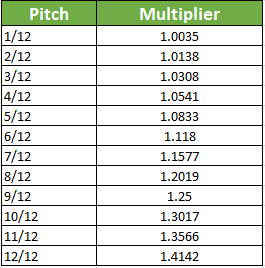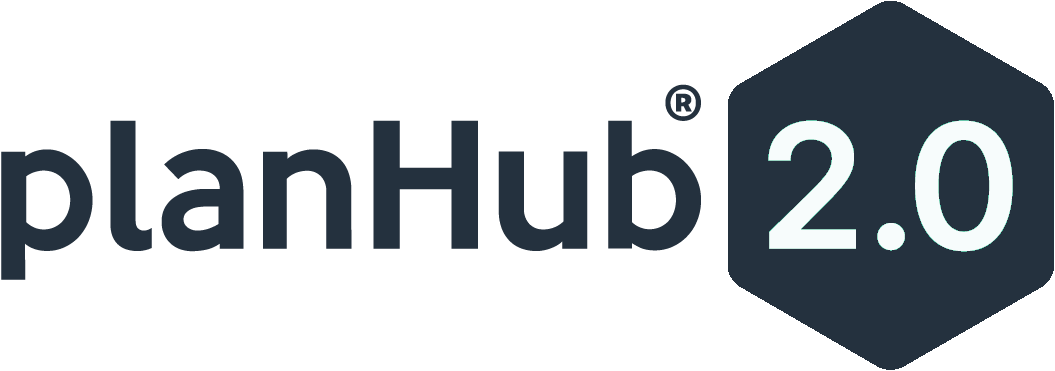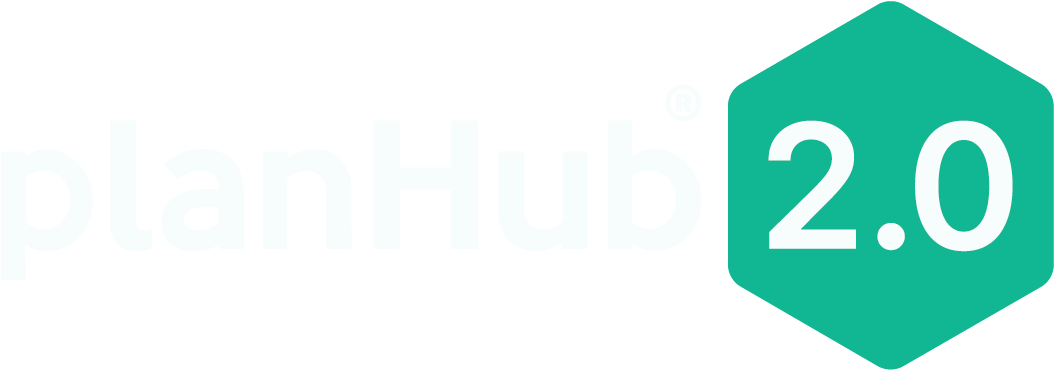Metal roofing is popular throughout the United States, including states like Florida, Pennsylvania, California, New York, North Carolina, and Texas. It is used on both residential and commercial roofing and is renowned for its durability and long life. Roofing contractors and metal contractors looking to bid these projects must know how to properly estimate and bid a metal roofing job before using subcontractor bidding sites.
To help contractors bid on these projects, let’s take a more detailed look at the steps to bid a metal roofing job.
1. Choose the right project
The first step is to select the right roofing project for your business. To do this, you must know the best projects to bid for your company. Make sure you have the experience needed to bid the project before you spend time putting together a roofing estimate. You’ll also want to make sure the project is in your service area, or you’ll need to add additional costs for travel, meals, and lodging for your workers. You may be invited to bid projects or find bid advertisements in trade or specialty publications. Bid lead sites like PlanHub can help you find more projects that fit both your skills and location.
2. Review bid documents or make a site visit
For new roof construction, you will most likely be responding to an invitation to bid (ITB), request for qualifications (RFQ), or a request for proposals (RFP). The ITB or RFP will include plans and specifications that show the scope of work that is to be performed. The specifications provide information on the materials to be used and how the work is to be performed. For roofing projects, pay special attention to Divisions 01 and 07. Division 01 provides information on qualifications, payment terms, bonding, insurance, etc. Division 07 provides specific information about the building envelope, including metal roofing product specifications and installation methods.
If the project is a roof repair or remodel, you will want to make a site visit to preview the working conditions and confirm the measurements and slope of the roof. Roof installation time can be affected by site conditions and other factors not shown on the drawings. You can also confirm building and roof measurements while at the site.
3. Perform a quantity takeoff
A quantity takeoff or material takeoff is a measurement of the roofing material required to complete the specified work. It includes things like metal panels, shingles, edge metal roofing material, etc. To perform a roof replacement, you’ll need to calculate the surface area that you’ll be replacing or installing. This can be done by reviewing the plans with the assistance of estimation software or an electronic scale. You’ll need to know the square footage of the building’s foundation and the roof pitch.
The roof pitch can be calculated using the Pythagorean equation or a roof pitch calculator. You’ll need to know the roof’s rise and run. The rise is the change in elevation of the roof from the edge to the peak, expressed in feet. The run is the horizontal travel from the peak of the roof to the edge, expressed in feet.
Next, a roof pitch multiplier is used to calculate the surface area of the roof. To calculate the surface area, multiply the square footage by the multiplier below that corresponds to the roof pitch. You’ll need to do each area of the roof separately if there are multiple peaks or pitches.

Let’s look at an example. If a roof of 5/12 pitch covers a foundation that is 20 feet x 35 feet, the total area covered is 700 square feet (20 x 35 = 700). The square footage is multiplied by the pitch multiplier for 5/12, 1.0833. The surface area of the roof is 758.31 square feet (700 x 1.0833).
When you are finished with the material takeoff, you should have a complete list of each material and supply needed to complete the project.
4. Price your materials and supplies
Once you’ve completed your takeoff and have a list of materials and supplies, it’s time to price them. Check with your suppliers and manufacturers on the price for each material required by the project. You may be able to send them a material list, or they may want to see the drawings to confirm your takeoff and ensure that they provide the specified materials.
5. Estimate labor
Next, you’ll use your material takeoff to estimate the amount of labor it will take to complete the project. The most common and accurate way to estimate labor is to use past project data. This involves using cost and labor data from previous projects to estimate how long a potential project will take. If you don’t have past project data to help you determine your labor hours, you can use a labor guide. Guides give you an estimate of how long it will take to complete the work in a specified area.
Once you know how long the project will take, either from your own data or a guide, multiply the total number of labor hours required by your fully burdened labor rate. A fully burdened labor rate includes worker wages, employer taxes, and benefits.
6. Add overhead and profit
Company overhead includes expenses not directly related to performing project work but that is required to keep your business running. It consists of things like estimating and sales costs, administrative staff, insurance, marketing expenses, office rent and supplies, etc. It’s usually calculated by adding a flat percentage to the total project costs. If you don’t know what your overhead percentage is, consult with an accountant. Profit is usually calculated as a percentage of the total cost of the job.
7. Write your proposal
The sales price for the project is calculated by adding up material costs, labor costs, overhead, and profit. It’s best to create a standardized form for all your proposals to ensure you’ve included everything. For more information about what a proposal should include, see our article “What Should a Construction Bid Look Like?”. If you don’t have a standard proposal template, here’s one you can use.
8. Review your proposal
Before sending your proposal, it’s always a good idea to have someone review it, math and all. Have them check your material takeoff, as well as all math used to create the price. This is especially true if you’re using a spreadsheet with a sum formula. It’s very easy to miss a cell or two and quote the wrong price (we speak from experience). Check your roof estimate by comparing your price to past projects with similar size and scope. If there is a large difference, there may be a problem with your quote. Verify your takeoff and math again. Also, be sure to proofread your proposal and check formatting to ensure everything looks the way you want it to.
9. Submit proposal
Now it’s time to turn in your proposal. If the project documents came with a bid form, be sure to use it. After you submit your bid, you may be asked to qualify it. The roofing contractor or project owner may contact you and question you about the scope of work you’ve included in your proposal. They may ask you to revise your proposal so they can compare it with others bidding the same type of work. This is a normal procedure and is no reason to panic.
How to Price a Roofing Job
Pricing a roofing job requires a careful balance of various factors to provide an accurate and competitive estimate. Begin by conducting a thorough assessment of the project, considering the size, complexity, and specific requirements. Take into account the type of roofing materials needed, labor costs, and any additional expenses such as equipment or permits. Research current market rates to ensure your pricing aligns with industry standards while also reflecting the quality of your work. Factor in potential challenges or risks that may arise during the project, allowing for contingencies in your estimate. Clear and transparent communication with the client is essential, explaining the breakdown of costs and any options they may have. Ultimately, a well-considered roofing job price not only reflects your expertise and professionalism but also establishes trust with the client, increasing the likelihood of a successful collaboration.
Finding the right job for you
In order to maintain a successful metal roofing business, you must always be searching for new work. PlanHub, a construction bidding website, helps you find new construction projects in your service area quickly and easily. Once you’ve found a job that fits your skills, use the steps above to write a winning proposal.
If you’re a metal roofing subcontractor and you want to see how PlanHub can help you expand your business, contact us today.
Closing a successful bid for a metal roofing job requires a strategic blend of expertise, thorough planning, and effective communication. As a seasoned metal roofer, navigating the intricacies of roof work and mastering the art of how to bid a roofing job is pivotal. Your proficiency in the craft, combined with a meticulous approach to pricing roofing jobs, sets you apart in the competitive landscape. When clients seek reliable metal roofers for their projects, your ability to articulate a clear and competitive bid for a metal roofing job becomes a defining factor. The key lies not only in showcasing your technical skills but also in presenting a comprehensive and transparent breakdown of costs. Crafting a winning bid involves more than just numbers; it requires an understanding of the unique aspects of each metal roof, an adept adjustment of costs, and a presentation that resonates with the client’s needs. So, as you step into the realm of bidding on metal roofing projects, remember that your bid is not merely an estimate; it is a testament to your commitment to quality roof work. By consistently refining your approach to how to bid a metal roofing job, you position yourself not just as a contractor but as a trusted partner for clients seeking excellence in metal roofing solutions.




